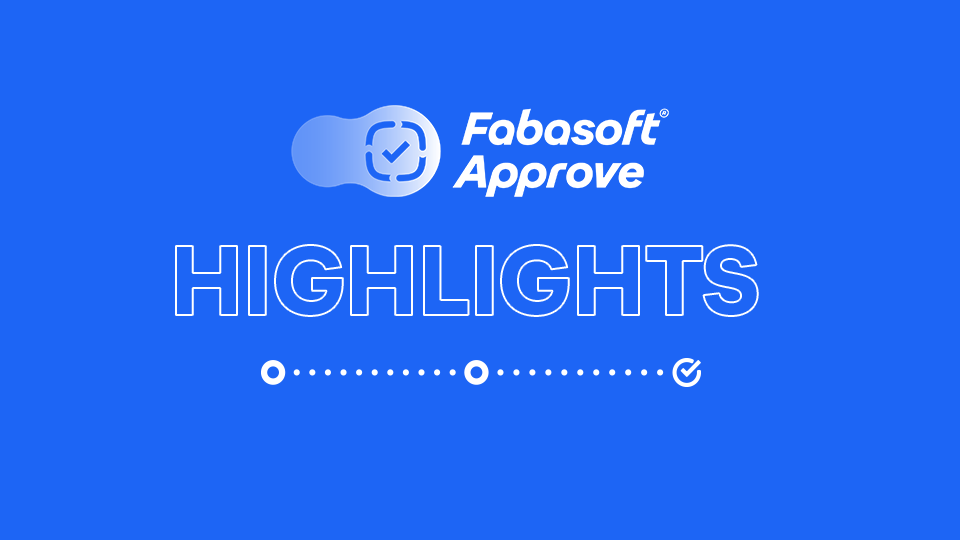In technical procurement, seamless execution of the purchasing process combined with long-term relationships with each vendor are paramount. That makes it essential for both vendors and buyers to be able to access relevant data and documents quickly from any location, and to have the same level of information at any given time. With one central system for managing technical data and documentation, this kind of cross-company communication can become a reality.
In technical procurement, the purchasing process is complex
In industrial sectors such as mechanical and plant engineering, the procurement process is notoriously complex. Machinery purchase orders typically comprise hundreds of separate line items. These involve reams of documentation generated by in-house staff, including technical drawings and design data, that needs to be shared with the relevant suppliers and service providers on multiple occasions. Efficient collaboration is a product of finely tuned communication between the parties involved in the workflow.
The challenges of communicating with suppliers
In reality, however, businesses face a whole host of challenges that complicate cooperation with suppliers, customers, and other business partners, repeatedly delaying the entire ordering process.
Lack of transparency
Exchanging critical data and documents across companies frequently still involves the use of e-mail or a number of upload and download platforms such as supplier portals. These file sharing platforms often fail to provide feedback as to whether the recipient has read the document or even received it at all. This lack of transparency can easily cause procurement staff to lose track of whether the vendor is working with the correct version of the file and who still needs which information.
A heavy manual workload
In many cases, stored data is spread across disparate systems, rendering any search effort extremely time consuming. What’s more, oftentimes the relevant documents aren’t accessible to all the responsible parties, which leads to repeated cycles of coordination and corrections.
The risk of default penalties
The absence of cross-company reminder capabilities can mean that important deadlines fall through the cracks or the production go-ahead for a vendor is issued behind schedule, ultimately resulting in high penalties.
A central data and document management system for efficient collaboration
To collaborate efficiently with your business partners, a central document management system is definitely the way to go. It allows you to create dedicated data rooms to share information both within and outside your organization in a more controlled way. The software transfers the order information and metadata straight from your ERP system (such as SAP) and allocates this information to the relevant documents. For the vendor, this means that all of the details are readily at hand at any time.
Whenever changes are made, the tool automatically generates a new version and notifies the individuals concerned. As a result, every person involved – from the sales department to the design department, from procurement to the customers and suppliers – is working with the most up-to-date documentation available.
This type of solution comes with a number of perks:
Advantage #1: Complete transparency and traceability
All information is stored in a single location and accessible from anywhere, from the office or on the road. This gives everyone involved an overview of the outstanding tasks, the orders, the project status, the full scope of the documentation, as well as any revisions, approvals, and deadlines. Modifications made to documents, metadata, or to the overall project can be tracked and traced throughout the process.
Advantage #2: Automated processes deliver major time savings
The application automatically renames the documents uploaded by suppliers to meet predefined specifications, and assigns them to the order’s existing order line item. On top of that, the automated review and approval workflows help to minimize project runtimes.
Advantage #3: Direct supplier integration
Your vendors are integrated directly into the platform – no matter where in the world they are located. This lets you exchange critical documents bidirectionally, without having to switch from one system to another. Every one of your suppliers receives an overview of all the tasks and purchase orders associated with that supplier, along with the current status of the documentation requirements.
Advantage #4: User-friendly connection to existing ERP systems
Thanks to the seamless data exchange with SAP and other existing ERP systems, users can automatically transmit order-related documents such as drawings and certificates the same time they generate the purchase requisition.
Advantage #5: Minimized risk
Fully automated cross-company reminders ensure that important deadlines are respected and all the required documents are submitted on time, which prevents delays in delivery and reduces the risk of default penalties.
Suppliers and customers communicate on the same platform
Implementing an intelligent data and document management system like Approve on Fabasoft PROCECO helps overcome the challenges of technical procurement in the simplest way imaginable. A product of this kind manages all your information in one central location and maps all the associated workflows transparently across companies.
Integrating business partners like suppliers and customers into automated transmission, verification, and approval processes reduces manual effort dramatically and delivers maximum transparency. Time and location-independent access also ensures that vendors can keep track of documentation requirements, delivery status, and order information at all times.
Ultimately, smooth procurement processes can only be established by bringing suppliers on board and collaborating with them efficiently from a central platform.




